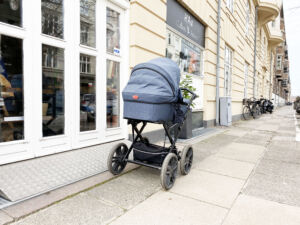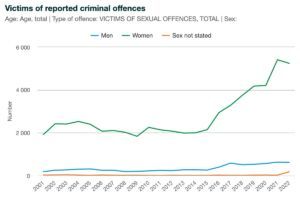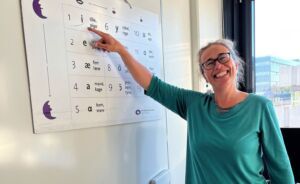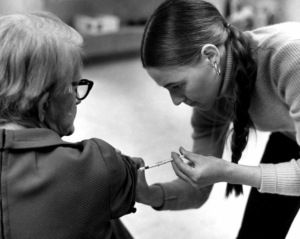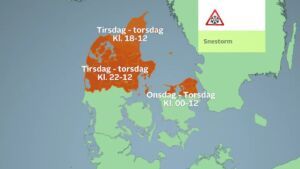News
Social gap increasing among children in Denmark
This article is more than 11 years old.
Children facing more hardship today than four years ago
A new report from the National Centre for Social Research (SFI) shows that children and adolescents in Denmark are increasingly living below the poverty line, and that it is the offspring of immigrants who are hit the hardest.
The report shows that four out of 10 children from ethnic minority families are growing up in households where no adult is employed. Conversely, only seven percent of children who have a Danish background face the same situation.
”We see a trend towards polarisation,” Mai Heide Ottosen, the program director for SFI, told Kristeligt Dagblad. ”Our survey shows that ethnic minority children experience poverty in the family four times as often as Danish children.”
Worse than four years ago
The study shows that children and adolescents living in poor families today are facing harder circumstances than in 2009.
The study surveyed 7,700 children and adolescents aged three to 19 and took into account physical and mental well-being and welfare. The study also used the records of 336,000 Danes.
Ottosen stresses that those most at risk are immigrant children – especially those in single-parent homes or who live in families where no-one is employed.
More co-ordination needed
René Skau Björnsson, the chairman of the Joint Council for Child Issues, has also noted the increasing numbers of single mothers among ethnic minorities, but also sees a problem in how social services are working.
”There are many public and private resources for disadvantaged families, but they often lack co-ordination,” Björnsson told Kristeligt Dagblad.
Søren Kaare-Andersen, the head of the Bikuben Foundation, agrees. ”There is a need for municipalities, ministries, foundations and volunteer organisations to come together based on common objectives and to increasingly share knowledge and experience,” she told Kristeligt Dagblad.

















